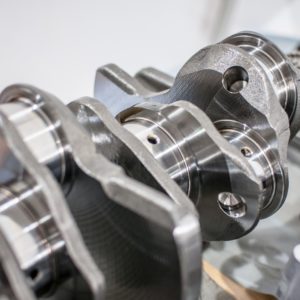The OBD-II code P0480 registers when the vehicle’s powertrain control module (PCM) detects a potential problem with the engine’s electric cooling fan or its control circuit. This guide will help you learn more about this code and explain why you need to get to the bottom of the issue immediately.
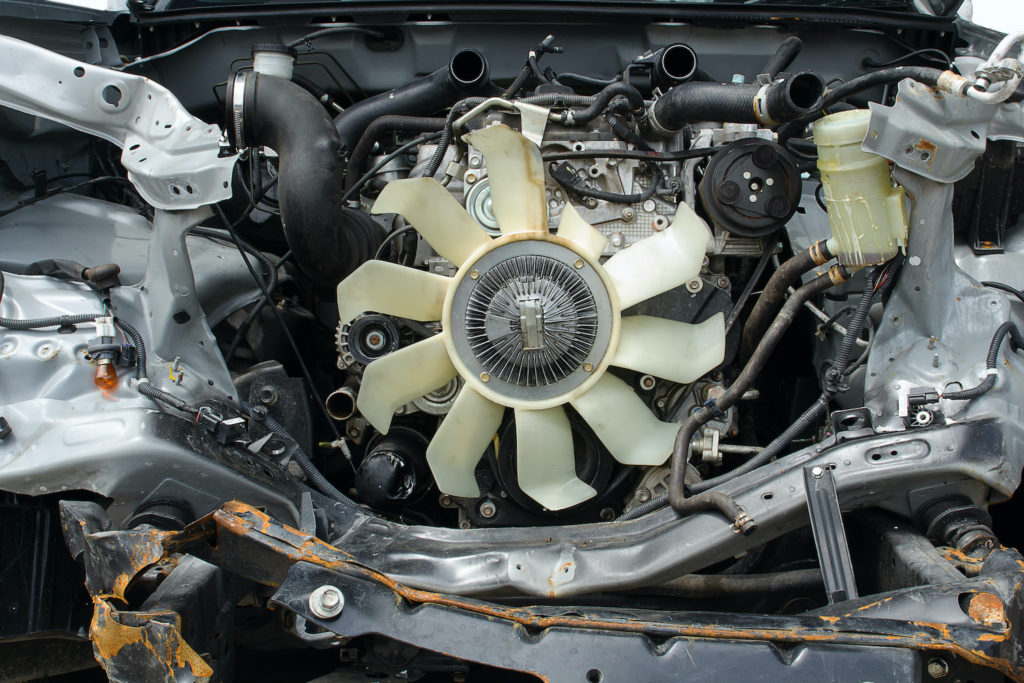
What Does the P0480 Code Mean?
Diagnostic Trouble Code (DTC) P0480 stands for “Fan 1 Control Circuit.”
The engine cooling fan system is controlled and monitored by your vehicle’s computer and various sensors. The PCM detects the temperature increase through the coolant temperature sensor.
If the engine temperature reaches a certain value (may vary depending on the car’s make and model), the PCM will activate the fan through the cooling fan relay. DTC P0480 will register when the PCM does not receive the proper amount of voltage from the cooling fan control circuit that should indicate that the fan works properly.
If unaddressed, this trouble code can cause your engine to overheat and suffer further damage. If you encounter this code, it is advised that you stop driving and have your vehicle checked immediately.

To learn how cooling fans work in different vehicles, read our detailed, technical discussion here.
If you want to know the most likely causes of code P0480, continue to read the next section.
Note: The definition of code P0480 may be different depending on the vehicle manufacturer. Consult the appropriate repair manual or repair database for the exact code definition.
What are the Possible Causes of the P0480 Code?
There are a lot of reasons why the P0480 code might register in your vehicle. Listed below are just some of the possible causes of the P0480 code:
- Faulty cooling fan relay
- Faulty cooling fan
- Fan circuit issues, such as damaged wires or poor connections
- Faulty coolant temp sensor, wiring, or connections
- Issues with the PCM, such as software in need of an update
- A problem with the totally integrated power module (Chrysler products)
What are the Common Symptoms of the P0480 Code?
Below is a list of the tell-tale signs that you might be dealing with the P0480 code. In case you experience a combination of the symptoms below, it is best to stop driving and have your vehicle checked by a mechanic or technician before the problem escalates.
- Check engine light is on
- Engine overheats or temp gauge will read very high
- Pinging/detonation on acceleration
- Emissions test failure
- Fuel economy decreases
- Performance issues, such as the engine dying when coming to a stop and/or misfire-like symptoms might
- In some cases, there may be no adverse conditions noticed by the driver
How to Diagnose the P0480 Code
The first step to a proper diagnosis is to accurately pinpoint the root cause of the error code. As with all OBD-II codes, diagnosing the engine code P0480 might prove to be difficult because there are multiple possible causes.
There are a lot of online resources to help you properly diagnose OBD-II codes. Below are some video resources you can use to get an idea of what the diagnostic process of the P0480 code might involve:
How to Fix the P0480 Code
There is no one-size-fits-all fix for the P0480 code, mainly due to the sheer number of reasons that could have triggered it. For this reason, some people just leave the job to their mechanic. However, if you feel confident enough in your automotive DIY skills, you can do the job yourself.
You can use online guides and repair manuals to help guide you through the process. You can also get a single-vehicle ALLDATA subscription, which should be useful for this and most other future repair jobs you may need to do on your car.
Just remember that not all cars are the same, and a fix that may work on one particular make or model may not work on your vehicle.
A Closer Look at How Different Types of Cooling Fans Work
Every engine needs cooling, whether that engine is in a moving vehicle or not. Stationary engines need fans too. Heat exchangers (vehicle radiators) have fins that carry heat. Air cooled engines have fins that carry the heat out of the cylinder head and the cylinders themselves.
Most vehicles use a liquid cooling system where the coolant mix carries the heat away from the places the engine is generating it to a place where it can be dissipated. The movement of the vehicle while driving forces air through the radiator and A/C condenser (it needs cooling too), but when the vehicle is sitting still, a fan or fans must move the air.
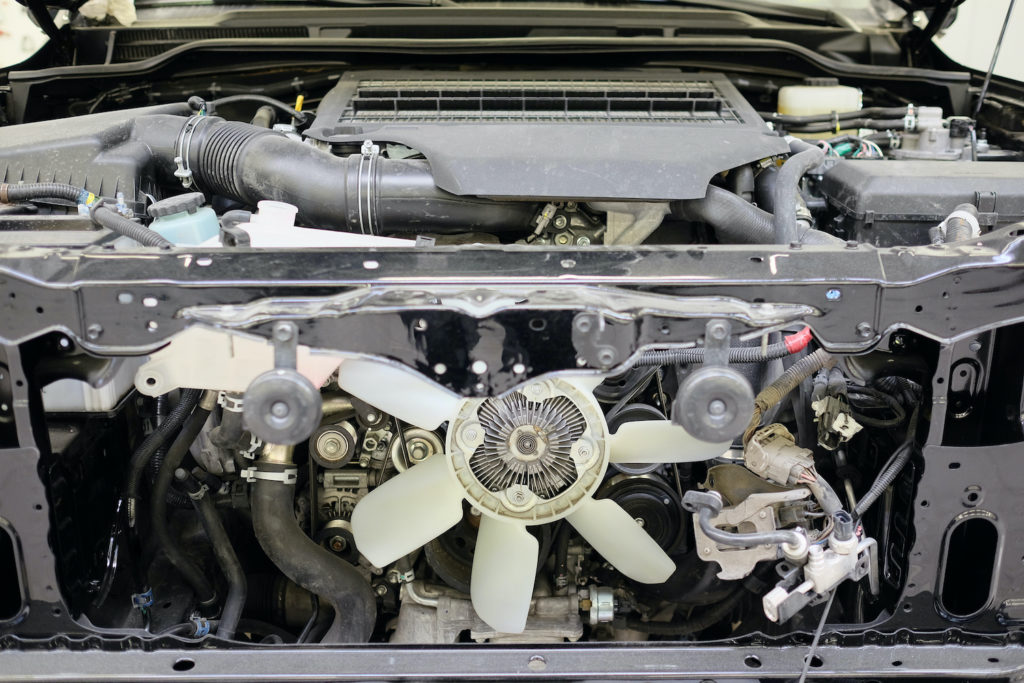
A Quick History of Cooling Fans
Belt driven fans were prevalent for a very long time. But on sideways mounted engines (think front wheel drive vehicles) a belt driven fan was no longer an option, and electrically driven fans became prevalent.
On rear wheel drive vehicles, early belt driven fans had flexible blades that would change pitch as the fan was driven so as not to use quite so much engine power, because moving air takes energy.
Then those aluminum bladed “flex fans” were replaced by fixed angle fans with thermostatic fan clutches. These clutches are filled with a viscous fluid (think syrup) that have internal valving so that when the valving is open, it allows the fan to freewheel on its shaft until the temperature of the air passing through the radiator acts on a bimetal spring or strip, partially closing the valving mechanism in the fan clutch so that the viscous fluid transmits more of the shaft speed to the fan, increasing its speed as needed to keep the radiator cool. This is a mechanical process; but some modern vehicles have an electrically controlled version of this kind of viscous clutch.
Today, just about every vehicle has some kind of electrically operated engine cooling fan; for the past 25 years or so, the ECM/PCM on vehicles has monitored engine temperature (for several reasons) and the module engages the electric cooling fan(s) whenever prevailing conditions call for it. Some systems have two fans – others have only one – but the fan(s) always have low and high speed operation, depending on engine temperature and/or air conditioning operation.
Fan Operation and Configuration in Different Vehicles
There are dozens of different ways electric fans are configured and wired – and some are far more complicated than most people imagine. If you don’t have a wiring schematic, you’ll be clueless as to why the fan isn’t operating unless the fan motor is smoking or you see burned connectors, scorched relay terminals, or broken wires.
Most electric cooling fans can fail without the ECM/PCM or any other module even knowing it. They measure temperature, but not fan operation. But there are some vehicles that know whether the fan is spinning or not because of the modules involved – and some modules are smart enough to measure fan motor current or they might have a connection to the circuit between the relay(s) and the fan so as to measure delivered voltage and the ground on that circuit (backfed through the fan motor windings) when the fan isn’t energized.
Most electric cooling fans can fail without the ECM/PCM or any other module even knowing it. They measure temperature, but not fan operation. But there are some vehicles that know whether the fan is spinning or not because of the modules involved – and some modules are smart enough to measure fan motor current or they might have a connection to the circuit between the relay(s) and the fan so as to measure delivered voltage and the ground on that circuit (backfed through the fan motor windings) when the fan isn’t energized.
–Richard McCuistian, ASE Certified Master Automobile Technician
So, on the vehicles that can determine fan operation, a P0480 code is included in the code list. Many vehicles can’t set this code and don’t know if the fan is running or not, so you may not have this code stored even if your fan is dead. So, don’t be fooled into thinking your fan is okay just because you aren’t getting a P0480.
Where to Get a New Cooling Fan for Your Vehicle
An overheated engine caused by a defective cooling fan is the last thing any driver would want to happen to his vehicle. If you’re looking to keep your car around for quite some time, you’ll want to get a high-quality cooling fan as soon as possible.
Here at CarParts.com, we only offer cooling fans that passed the highest quality control standards from the top names in the industry. Take your pick from only the best aftermarket brands, and get a cooling fan that’s built tough.
Our wide selection of cooling fans comes with a guaranteed fit, taking the guesswork out of finding a compatible replacement cooling fan for your ride.
Use our vehicle selector to start shopping for the parts you need. You can also use the search filters to narrow down the products according to your preferred brand, price range, quantity, etc.
Are having trouble shopping? We’ve got you covered. Give us a call using our toll-free hotline, and our round-the-clock customer service team will be ready to assist you.
Order a cooling fan now, and we’ll deliver your product straight to your doorstep in as fast as two business days. Check out our awesome deals today!
Products Mentioned in this Guide
Any information provided on this Website is for informational purposes only and is not intended to replace consultation with a professional mechanic. The accuracy and timeliness of the information may change from the time of publication.



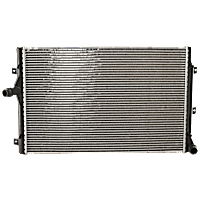 Radiator
Radiator
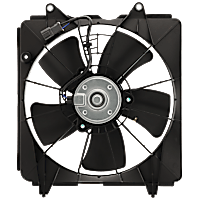 Cooling Fan Assembly
Cooling Fan Assembly
 Cooling Fan Relay
Cooling Fan Relay



